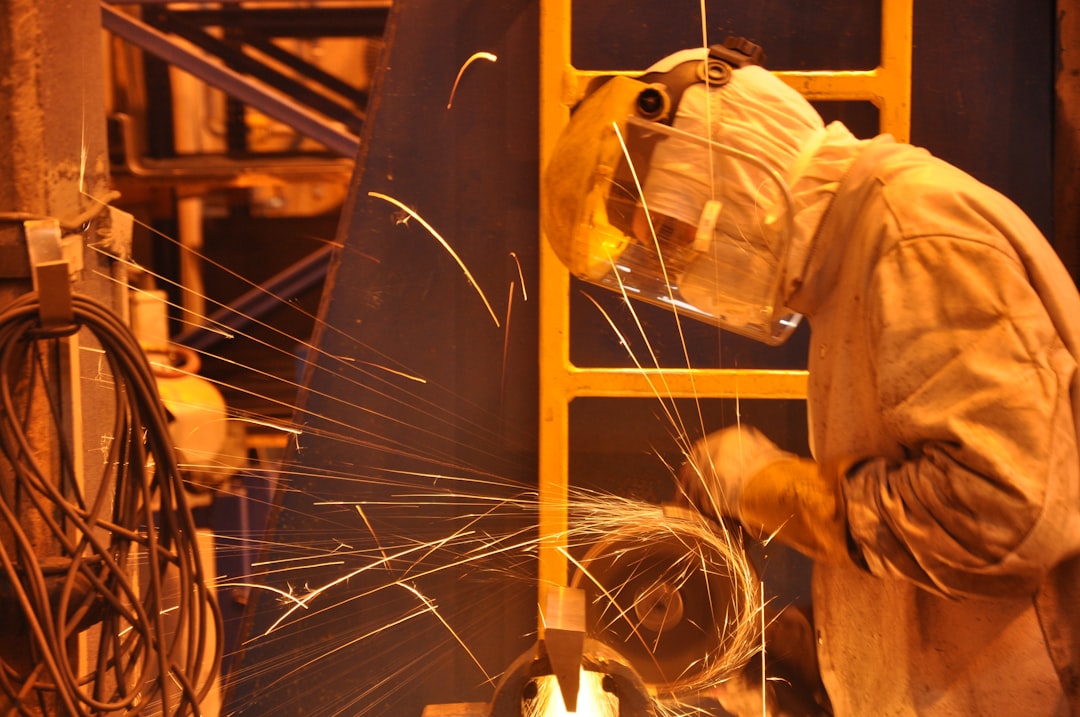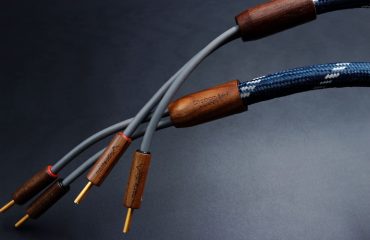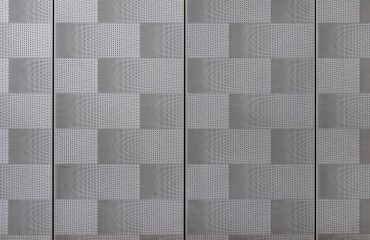The world of civil engineering relies heavily on steel’s strength and versatility. From skyscrapers piercing the clouds to robust bridges spanning vast distances, steel structures are ubiquitous. For civil engineers, a thorough understanding of steel design, analysis, and construction is paramount. This comprehensive guide explores the essential training aspects every civil engineer should master to excel in this critical field.
Understanding Steel Design Principles
Steel design isn’t simply about choosing the right size beam; it’s a complex interplay of material properties, load calculations, and code compliance. Training in this area should cover fundamental concepts like:
- Material Properties: Understanding the yield strength, tensile strength, and ductility of various steel grades is crucial. Training should delve into the differences between different steel grades and their suitability for specific applications.
- Load Calculations: Accurately determining dead loads, live loads, wind loads, and seismic loads is essential for safe and efficient design. This includes learning to use relevant codes and standards (like AISC in the US or Eurocodes in Europe) to perform these calculations.
- Limit State Design: Modern steel design predominantly employs limit state design, focusing on preventing both ultimate and serviceability limit states. Training should cover the principles of ultimate limit state (collapse) and serviceability limit states (deflection, vibration).
- Stability and Buckling: Understanding the phenomenon of buckling in slender steel members is vital. Training should cover methods for assessing and preventing buckling, including the use of bracing and lateral supports.
Mastering Steel Detailing and Drafting
Even the most brilliant design is useless without accurate and detailed drawings. Effective steel detailing involves creating precise shop drawings that communicate the design intent to fabricators. Essential training includes:
- CAD Software Proficiency: Proficiency in industry-standard CAD software like AutoCAD, Tekla Structures, or Revit is non-negotiable. Training should focus on creating detailed drawings, including member sizes, connection details, and fabrication marks.
- Connection Design: Steel connections are critical for transferring loads between members. Training should cover various connection types (bolted, welded, etc.), their design principles, and their capacity calculations.
- Shop Drawing Review: After the drawings are created, they need to be thoroughly reviewed to ensure accuracy and compliance with design specifications. Training in this area is crucial to avoid costly errors in fabrication.
- Industry Standards and Codes: Adherence to industry standards and codes is paramount. Training should cover the relevant codes and standards for steel detailing and ensure compliance with them.
Advanced Steel Analysis Techniques
Beyond basic hand calculations, advanced analysis techniques are often necessary for complex steel structures. Training in this area should encompass:
- Finite Element Analysis (FEA): FEA software allows for detailed analysis of complex structural behavior. Training should cover the principles of FEA and its application to steel structures.
- Nonlinear Analysis: For structures subjected to significant deformations or inelastic behavior, nonlinear analysis is necessary. Training should cover the concepts and applications of nonlinear analysis in steel design.
- Seismic Analysis: In seismic zones, proper seismic analysis is crucial. Training should cover the principles of seismic design and analysis for steel structures.
- Software Application: Hands-on experience using specialized software for steel analysis is essential. Training should provide ample opportunity to utilize such software.
Understanding Steel Connections and Fabrication
The success of a steel structure hinges on the proper design and fabrication of its connections. Training in this area should cover:
- Types of Connections: A comprehensive understanding of various connection types, including bolted, welded, and composite connections, is vital. Training should cover the strengths and weaknesses of each type.
- Connection Design Principles: The design of connections must ensure sufficient strength and stiffness to transfer loads effectively. Training should cover the principles of connection design and the use of relevant design codes.
- Welding Processes: For welded connections, a basic understanding of welding processes and quality control is crucial. Training might involve a brief overview of common welding techniques and quality assurance procedures.
- Bolt Types and Specifications: The selection of appropriate bolts based on strength, type, and application is essential. Training should cover various bolt types and their specifications.
Utilizing Steel Design Software
Modern steel design relies heavily on specialized software. Training should focus on:
- Software Selection: Choosing the right software for the task is crucial. Training should cover the features and capabilities of various steel design software packages.
- Model Creation: Creating accurate and efficient models is paramount. Training should cover best practices for model creation and verification.
- Analysis and Design: Utilizing software for analysis and design is a key skill. Training should focus on applying software effectively for various design scenarios.
- Report Generation: Generating clear and concise reports is essential for communication and documentation. Training should cover the use of software to generate professional reports.
In conclusion, comprehensive steel training is essential for any civil engineer aiming for success in this demanding field. By mastering the principles outlined above, engineers can design, analyze, and construct safe, efficient, and innovative steel structures.
Tags: Steel Design, Steel Structures, Civil Engineering, Steel Detailing, Steel Analysis, Finite Element Analysis, Steel Connections




